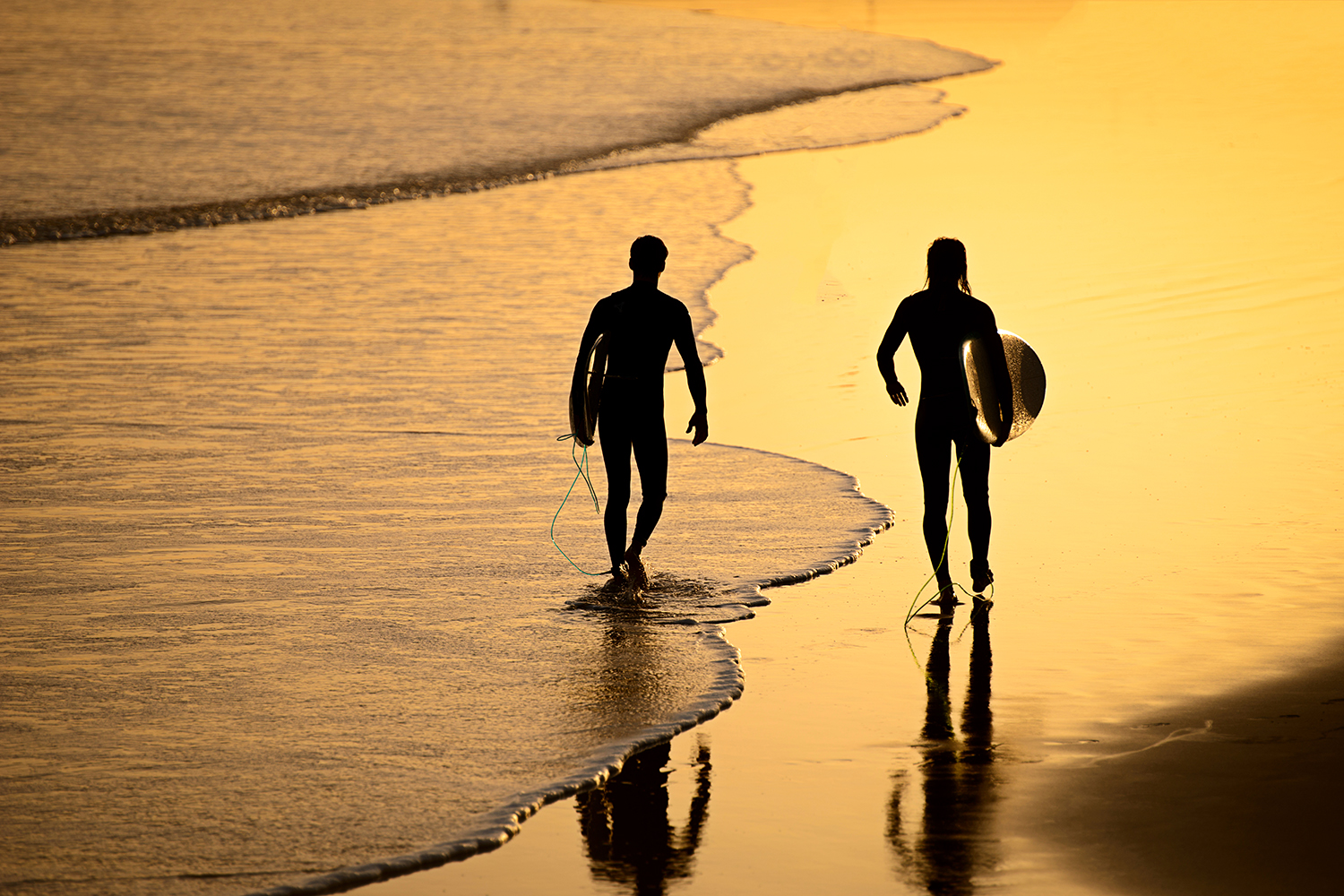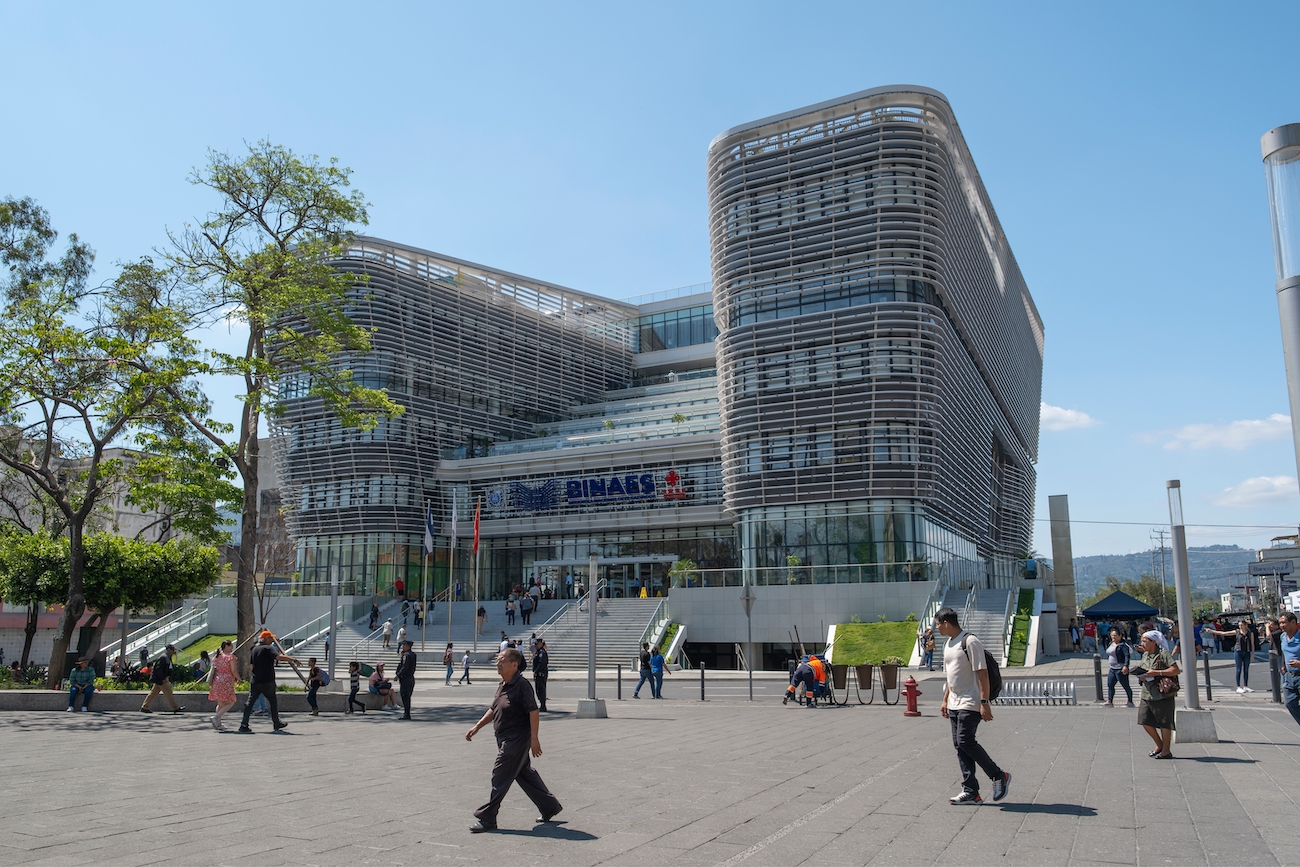El Salvador’s Surf City and Tourism Strategy

El Salvador, a small yet dynamic country in Central America, has been making waves in the tourism industry, particularly with its ambitious Surf City project. Known for its pristine beaches and world-class surfing spots, El Salvador is quickly becoming a top destination for surf enthusiasts and travelers seeking adventure amidst natural beauty.
In 2024, El Salvador saw a record 3.9 million visitors, putting it among the world’s top five countries in terms of fastest tourism growth. Though the country mainly draws tourists from the US, Guatemala, and Honduras, visitors have come from all over the world to experience what El Salvador has to offer. “El Salvador’s tourism growth is closely linked to improved security,” El Salvador’s Minster of Tourism, Morena Valdez, told TBY. “Post-pandemic efforts to combat insecurity have attracted younger travelers eager to explore destinations that were once off-limits and experience new cultures.” The country expects to welcome over 4 million visitors in 2025, and a not-so-small number of those visitors are being drawn in by the country’s Surf City initiative.
With a coastline that boasts consistent waves year-round, El Salvador is an ideal location for surfers of all skill levels. The Surf City initiative, launched by the El Salvadoran government in 2019, aims to transform the country’s coastal region into a premier surfing destination. While the project mainly focuses on improving infrastructure, the impetus behind the idea is aimed at economic diversification and the promotion of sustainable tourism practices.
The Surf City project has been broken down into stages. The first steps have already been taken, with the construction of a highway to Surf City, as well as public infrastructure, such as wastewater treatment plants and a new boardwalk of the Port of La Libertad. Further development in sanitation plants and other modern infrastructure are also underway in the nearby coastal areas of Ahuachapán, Sonsonate, La Paz, San Miguel and La Unión. La Libertad, a coastal town famous for its surf breaks such as Punta Roca and El Sunzal, is another key area of development, where the government has invested in modernizing roads, building new accommodations, and ensuring that the area is safe and welcoming for tourists. “The biggest challenge is improving the public infrastructure to support tourism. Whether it is eco-friendly boardwalks at beaches, public restrooms, and showers, or accessible roads, we are working on improving tourist services and infrastructure,” said Minister Valdez.
The impact of Surf City has already been significant. “The local surfing scene has expanded significantly in recent years,” José Díaz, president of Salvadorian Surfing Federation (FESASURF) told TBY. “Right now, there are about seven major surf schools along the coast, with three schools in the Puerto Libertad area alone. Overall, the country has 10 or so schools now, compared to just two or three a few years ago.”
Founded around a decade ago, FESASURF organizes both the World Championship for adults and the Junior World Championship in El Salvador. It also hosts the ISA World Surfing Games, a major event where the best surfers from around the world compete. Additionally, there are Latin American Championships, bringing together top surfers from across the region. Aside from these world-class competitions, the federation also has a program called ‘Surfing for Peace’, which focuses on both the athletic performance and the personal growth of the surfers. “The goal is to ensure that they are well-rounded individuals, academically and professionally, which will help them in life beyond the sport,” said Díaz. “Surfing is no longer just a hobby; it is now an Olympic sport. Athletes are now being trained to compete at the highest level. We provide them with the tools to succeed, from coaching to sponsorships. More than just about being good in the water, it is also about marketing yourself, building your career, and being disciplined. We encourage athletes to pursue their academic goals while also focusing on their surfing careers. Many young surfers are now seeing this as a long-term profession.”
And it’s not just the surfing scene that has benefited; the influx of tourists has created jobs, boosted local businesses, and brought new opportunities for economic growth. Said Díaz, “Surfing has truly transformed the country—more than just a popular sport, it is now an economic driver. Even small businesses, from ice vendors to restaurants, are benefiting. The local community is growing economically, and people no longer feel the need to leave the country for opportunities.”
Minister Valdez agreed, telling TBY, “A key part of the Surf City strategy is strengthening the local economy by ensuring hotels have proper infrastructure, such as wastewater treatment, electricity, and internet, while also employing local workers.” The government continues to work with international partners and investors to further develop the tourism sector while ensuring that the benefits are shared with the local communities.
Hosting major surf competitions, bringing in big-name professional surfers—as well as developing its own local surfing stars—and improving the overall infrastructure of El Salvador’s coastline is putting the country on the map as a top destination for surfing and tourism. “It is an exciting time for the eastern part of the country,” said Díaz. With its stunning beaches, consistent waves, and commitment to sustainable development, El Salvador is poised to become a must-visit location for travelers seeking an unforgettable experience.




